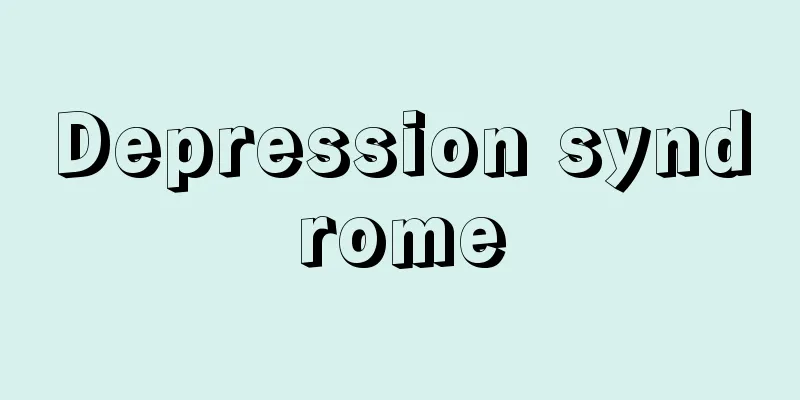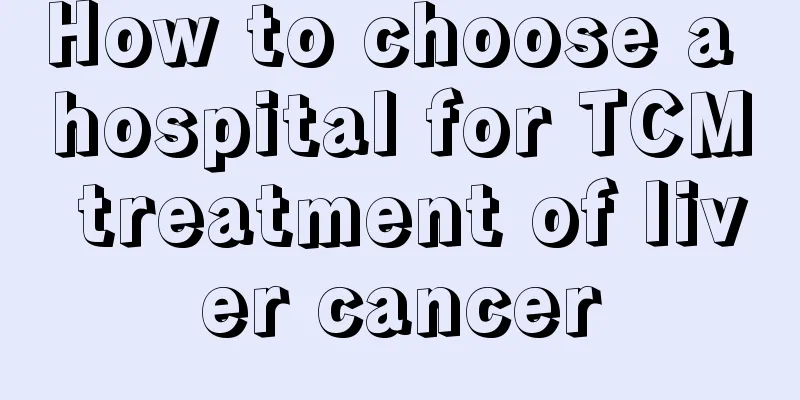Depression syndrome

|
Wolff-Parkinson-White syndrome is a very common health problem and also a heart problem. For patients with preexcitation syndrome, they must monitor their health status in a timely manner. If any adverse physical phenomena occur, they need to go to the hospital for examination as soon as possible, and cooperate with the doctor for treatment if necessary. Below, we will introduce you to the relevant knowledge of preexcitation syndrome in detail! 1. Introduction to the disease Preexcitation is an abnormal phenomenon of atrioventricular conduction. The impulse is transmitted through the accessory pathway, prematurely exciting part or all of the ventricles and causing premature excitation of some ventricular muscles. People with pre-excitation phenomenon are called pre-excitation syndrome or WPW (Wolf-Parkinson-White) syndrome, which is often accompanied by supraventricular paroxysmal tachycardia. Preexcitation is a rare arrhythmia, which is mainly diagnosed by electrocardiogram. 2. Symptoms Simple preexcitation is asymptomatic. Concurrent supraventricular tachycardia is similar to general supraventricular tachycardia. For patients with atrial flutter or atrial fibrillation, the ventricular rate is mostly around 200 beats/min. In addition to discomfort such as palpitations, shock, heart failure and even sudden death may occur. When the ventricular rate is extremely fast, such as 300 beats/min, the heart sounds detected by auscultation may be only half of the ventricular rate on the electrocardiogram, indicating that half of the ventricular excitation cannot produce effective mechanical contraction. Treatment Preexcitation itself does not require specific treatment. When concurrent supraventricular tachycardia occurs, the treatment is the same as general supraventricular tachycardia. When atrial fibrillation or atrial flutter occurs, if the ventricular rate is fast and accompanied by circulatory disorders, synchronized direct current cardioversion should be used as soon as possible. Lidocaine, procainamide, propafenone, and amiodarone slow conduction along the accessory pathway, which can slow the ventricular rate or convert atrial fibrillation and flutter to sinus rhythm. Digitalis accelerates conduction along the accessory pathway, while verapamil and propranolol slow down conduction within the atrioventricular node, both of which may significantly increase the ventricular rate or even develop into ventricular fibrillation, so they should not be used. If supraventricular tachycardia, atrial fibrillation or atrial flutter occurs frequently, it is advisable to take the above-mentioned antiarrhythmic drugs orally for a long time to prevent attacks. For patients who cannot be controlled by drugs, whose electrophysiological examination confirms that the refractory period of the bypass pathway is short or is shortened during rapid atrial pacing, or whose ventricular rate reaches about 200 beats/min during atrial fibrillation, there are indications for electrical, radiofrequency, laser or cryoablation after positioning, or surgical severance of the bypass pathway to prevent attacks. If the electrocardiogram shows normal QRS waves, regular PR intervals, and a heart rate of about 200 beats/min, repetitive tachycardia should be considered. Its treatment is the same as that of general supraventricular tachycardia. Verapamil, quinidine, ATP or digitalis can be used. If the QRS complex is abnormal and the RR interval is significantly irregular, pre-excitation combined with atrial fibrillation should be suspected. In this case, quinidine, procainamide, or quinidine and propranolol should be used in combination. Verapamil, digitalis and ATP are prohibited because the latter three can shorten the refractory period of the bypass pathway and accelerate conduction of the bypass pathway, and even cause ventricular fibrillation. For patients with frequent episodes of supraventricular tachycardia and obvious symptoms, electrophysiological examination should be performed to identify the location of the accessory pathway and then electrical ablation, radiofrequency ablation, or surgical treatment should be used. |
<<: Normal pulse pressure value
>>: What's wrong with my itchy heart
Recommend
Where is Chengjiang acupoint
There are many different types of acupoints distr...
What are the effects of canola oil?
Fats are an indispensable food in our lives. Fats...
What to do if the baby doesn't suck the pacifier
Many babies actually show rejection behavior when...
What are the symptoms of gastric cancer? How many of the four major symptoms of gastric cancer do you know?
Gastric cancer is a disease with a very high inci...
How to remove oil stains on down jackets
When our down jackets are stained with oil, we sh...
Which part of the human body ages first?
I believe that when talking about aging, everyone...
What are the clinical manifestations of rheumatic fever?
The cause of rheumatic fever may be viral infecti...
Can detergent be used to wash down jackets?
Down jackets are an indispensable piece of clothi...
Dietary precautions for prostate surgery Are there any dietary taboos after prostate surgery?
After prostate surgery, it is recommended to pay ...
What flowers can purify indoor air
Pollution is serious nowadays, resulting in very ...
What medicine to use for nasal mucosal erosion
The nasal mucosa also plays an important role ins...
Can I wear contact lenses while diving?
Summer is here and many people like to go to the ...
The best pancreatic cancer hospital in the country
The best pancreatic cancer hospital in China? Pan...
Global Sex Organ Size Ranking
The size of the male organ could be the subject o...
Tips for washing the bottom of a pot
Cleaning the bottom of a pot is not that easy. If...









